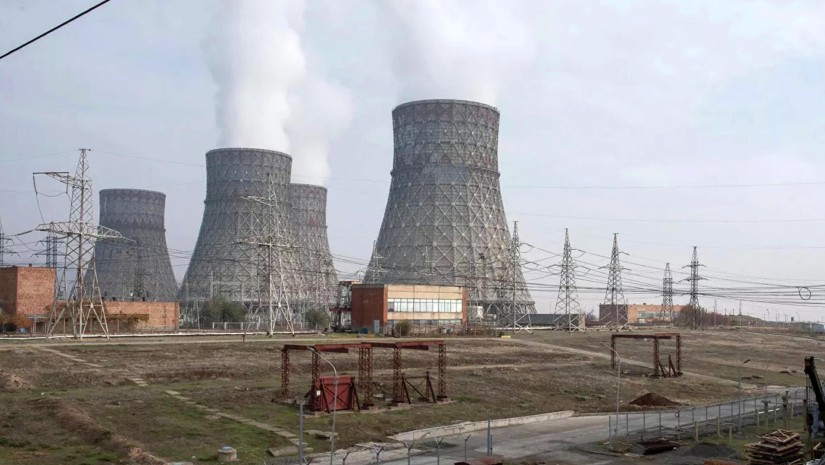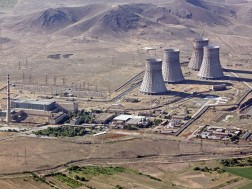Although Armenia is in detailed negotiations with the United States to construct a new nuclear power plant using American technology, it has not yet decided on the model of the new power unit, reports Deutsche Welle in an article titled "Will Armenia Build a Nuclear Power Plant Using Western Technology?"
The publication notes that negotiations are ongoing with countries that are potential technology suppliers, and there are quite a few of them. "Countries such as the USA, Russia, South Korea, and China have shown interest in building a new nuclear power plant in Armenia," said Hakob Vardanyan, Deputy Minister of Territorial Administration and Infrastructure of Armenia, overseeing the energy sector, in an interview with DW.
In July 2023, the Armenian government sent a working group to the USA to familiarize itself with American nuclear technologies, small modular reactors, and their developments. Small modular reactors (SMRs), also known as "mini-NPPs," have been a topic of professional and political discussions for over a decade. Many experts consider them promising nuclear power plants of the future.
In February of this year, Prime Minister Nikol Pashinyan announced that Armenia is considering the possibility of building a modular nuclear power unit and pointed to its high level of safety as an important argument. "When an accident occurs at this power plant, the population of nearby settlements is not evacuated because the accident poses no threat to the environment, and essentially, one of the advantages of this technology lies precisely in this," said Pashinyan.
"Armenia is discussing an option where the capacity of the new power unit should not exceed 600-700 MW," said Vardanyan. According to him, the government leans towards building small modular reactors, but the main obstacle is that currently, there are no operating NPPs of this type in the world.
Companies designing modular reactors, according to Hakob Vardanyan, constantly delay the announced construction timelines of such reactors. "Many, including American companies, are still in the development stage. Only the American company NuScale has made progress. It has received licenses to build its 50 MW power units. But NuScale has postponed their construction, deciding to build 77 MW power units and is in the final stages of their licensing," said Vardanyan, adding that the construction of such power units costs much more than the previous version.
South Korea has also expressed interest in providing Armenia with modular power units with a capacity of 170 MW, which are similar in design to the American ones, Vardanyan reported. "The high capacity of the unit certainly reduces costs, but the problem is that this development has not yet been licensed either," noted Vardanyan, adding that Russian and Chinese developments are also in the process of licensing.
Due to the lack of operational experience with SMRs, the Armenian government is not rushing to make a final decision. "If we want to speed up the process, we should build a nuclear power plant using traditional technologies with a capacity of over 1000 MW, which significantly exceeds our needs," explained Deputy Minister Vardanyan. He added that the government intends to make a final decision on the reactor model and supplier country by mid-2025.
Currently, the country's electricity demand is around 1200 MW, which is roughly equally met by three sources: HPPs, TPPs, and NPPs. The number of solar power plants is also growing, but their share in Armenia's total electricity production remains small - just over 4% in the first half of 2023.
The first steps towards Armenian-American cooperation in building a nuclear power plant were taken in May 2022 when Armenian Foreign Minister Ararat Mirzoyan and US Secretary of State Antony Blinken signed a memorandum of cooperation in this area.
In May 2023, the USA officially announced the possibility of building small modular nuclear reactors in Armenia. Russia has traditionally dominated the Armenian energy sector. The nuclear power plant built in Soviet times in Armenia, the only one in the region, provides more than 30% of the country's domestic electricity needs. It operates on Russian nuclear fuel, and the main contractor involved in the station's modernization was Rosatom.
Many in Armenia see the construction of a new nuclear power unit using Western technology as a step towards reducing dependence on Russia. However, others believe that the politicization of nuclear energy is inappropriate.














